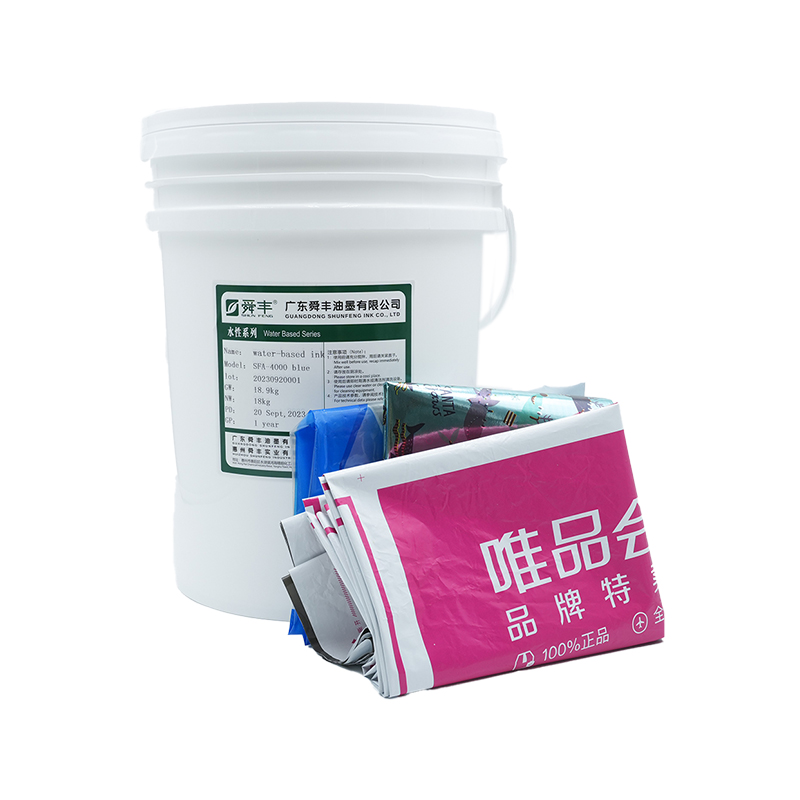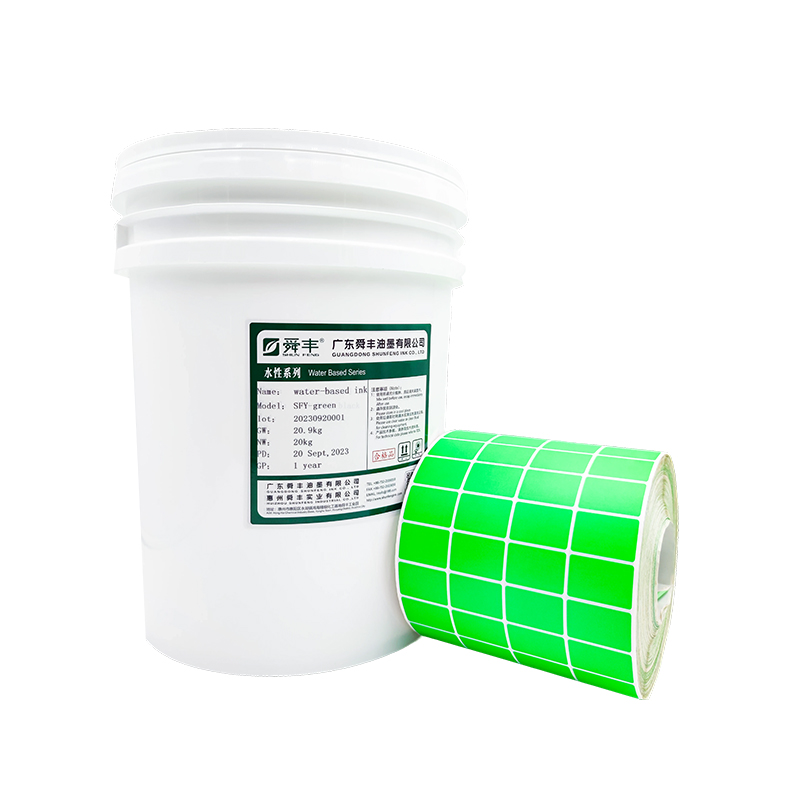What factors might cause incomplete curing of Flexo UV ink for paper?
Release Time : 2025-11-06
The problem of incomplete curing of Flexo UV ink for paper is often closely related to equipment performance, ink characteristics, printing processes, and environmental conditions. Among these, the aging and insufficient power of the light source system are primary factors. UV mercury lamps, as traditional curing equipment, typically have a lifespan of 500 to 1000 hours. With prolonged use, deposits accumulate on the inner wall of the lamp tube, leading to a decrease in UV light transmittance and directly affecting curing efficiency. In contrast, UV LED curing machines, due to their long lifespan, low energy consumption, and concentrated spectrum, are gradually becoming the mainstream choice. However, if their power is less than 150W/cm², insufficient energy may still lead to incomplete curing. Furthermore, if parameters such as the distance between the light source and the paper, and the illumination time are not optimized, the amount of UV light absorbed by the ink layer will decrease, thus slowing down the curing process.
The formulation and characteristics of the ink itself have a decisive impact on the curing effect. Flexo UV ink for paper absorbs UV light through photoinitiators, triggering the polymerization reaction of monomers and oligomers. If the content of photoinitiators in the ink is insufficient or the type is incompatible, it will directly reduce the curing reaction rate. Meanwhile, the viscosity, pigment concentration, and dispersibility of the ink also affect the curing quality. For example, high-viscosity ink may result in an excessively thick ink layer, making it difficult for ultraviolet light to penetrate to the inner layer. Furthermore, excessively strong absorption of ultraviolet light by the pigment weakens the energy absorption of the photoinitiator, especially for dark pigments like carbon black, whose curing speed is significantly slower than that of light pigments. In addition, the addition of excessive amounts of non-specific thinners such as ethanol to the ink can disrupt the stability of the photocuring system, leading to incomplete curing.
Improper setting of printing process parameters is a common cause of curing problems. Ink layer thickness directly affects the penetration of ultraviolet light; an excessively thick ink layer will cause the surface to cure rapidly while unreacted components remain in the inner layer, resulting in a "dry surface, not dry interior" phenomenon. Excessively fast printing speeds may shorten the time the ink layer receives ultraviolet light, especially during high-speed printing. If the light source power is not increased simultaneously or the light distance is not adjusted, insufficient curing is highly likely. Furthermore, the selection and cleaning of the anilox roller are also crucial. If the anilox roller has too low a line count or is not thoroughly cleaned, uneven ink application will occur, further exacerbating curing problems.
The properties of the paper substrate significantly affect ink adhesion and curing. Non-absorbent papers such as PE and BOPP, due to their low surface energy, require corona treatment to increase their surface tension to above 3.8 × 10⁻² N/m; otherwise, the ink will not adhere firmly and will easily peel off after curing. Absorbent papers, such as uncoated paper, can absorb some binder through capillary action, but if the ink layer is too thick, poor solvent evaporation may still delay curing. Furthermore, the paper's moisture content and smoothness indirectly affect the curing effect and must be strictly controlled before printing.
Ambient temperature and humidity regulate the curing process of flexo uv ink for paper. Increased temperature accelerates molecular motion and promotes the decomposition and polymerization of photoinitiators; however, excessively high temperatures may decrease ink viscosity, leading to sagging or dot gain problems. Excessive humidity may delay solvent evaporation, especially in thick ink layer printing, easily forming an uncured inner layer. Therefore, printing workshops typically need to maintain temperature and humidity within the range of 22-25℃ and 50-60%, dynamically adjusted through air conditioning systems.
Equipment maintenance and operational procedures are also crucial for ensuring effective curing. If the UV lamp reflector is not cleaned regularly, dust accumulation can cause UV light scattering, reducing energy concentration. Excessive doctor blade pressure or improper angle can lead to uneven ink transfer, resulting in localized curing defects. Furthermore, prolonged downtime during printing without timely cleaning of the anilox roller and printing plate can cause ink to dry and clog the cells, affecting subsequent inking and curing quality.
To address the issue of incomplete curing of flexo UV ink for paper, a comprehensive approach is needed, encompassing light source optimization, ink adjustment, process improvement, substrate treatment, environmental control, and equipment maintenance. By selecting high-power UVLED curing machines, optimizing ink formulations, controlling ink layer thickness and printing speed, increasing paper surface energy, stabilizing workshop temperature and humidity, and strengthening equipment cleaning and maintenance, curing efficiency and printing quality can be significantly improved, meeting the demands of high-speed, high-precision flexographic printing.







